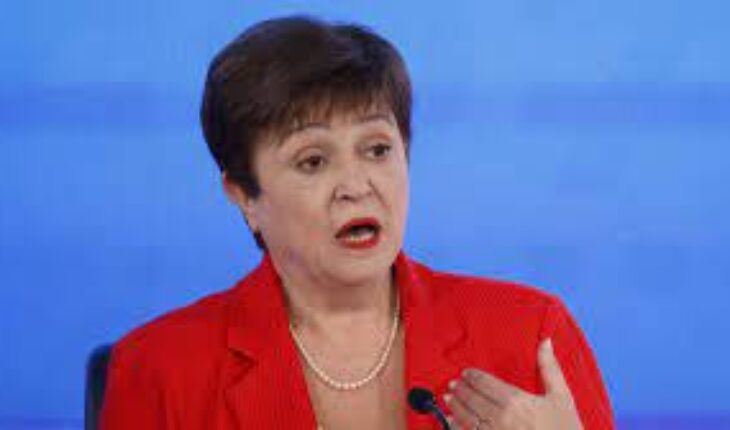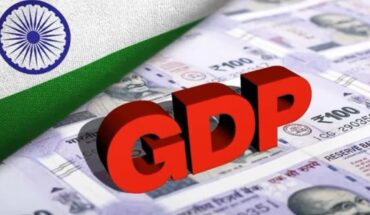The International Monetary Fund (IMF), in its latest World Economic Outlook report, has retained global growth hopes for 2022 at 3.2%, and lowered next year’s projection to 2.7% from 2.9%. The year 2023 will feel like a recession for many people in the world, the Fund has cautioned, as ‘the worst is yet to come’ amid tighter monetary policies to curb stubbornly high inflation and a spiralling energy and food crisis. While it retained India’s 2023-24 growth estimate at 6.1%, the IMF slashed this year’s forecast to 6.8%, from 7.4% in July. This is the second significant estimate after the World Bank’s 6.5% assessment that pegs India’s GDP rise below 7%, which the Reserve Bank of India and North Block mandarins are expecting this year. The downgrade is attributed to ‘weaker than expected outturn’ in the second quarter and subdued external demand. The slowing growth in tax collections, industrial output and exports, back this prognosis. The road ahead — rendered tortuous by the lingering Russia-Ukraine conflict, a slowdown in China and what the IMF has eloquently termed a ‘cost of living crisis’ — is not much travelled on. The risk of monetary, fiscal or financial policy miscalibration has risen sharply amid high uncertainty and growing fragilities, the Fund has emphasised. Given India’s low per capita income, the sustained surge in prices has hit most households’ spending capacity, and could even cramp their ability to invest in the next generation’s education. Ministers’ assertions that India had managed to rein in inflation and it is not a priority concern may have been premature as August and September witnessed a resurgence in price rise from July’s minor relief of 6.71% after staying above 7% in the first quarter. The Government has begun work on Budget 2023-24, but the second half of this year still needs to be navigated deftly.
Govt must pay heed to the IMF’s warning
Published Date: 15-10-2022 | 1:05 pm





